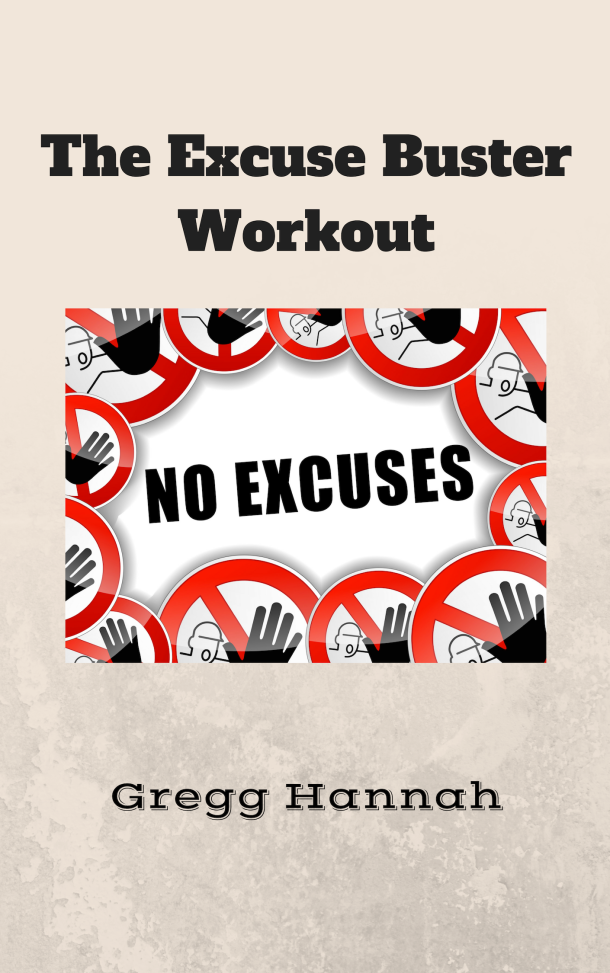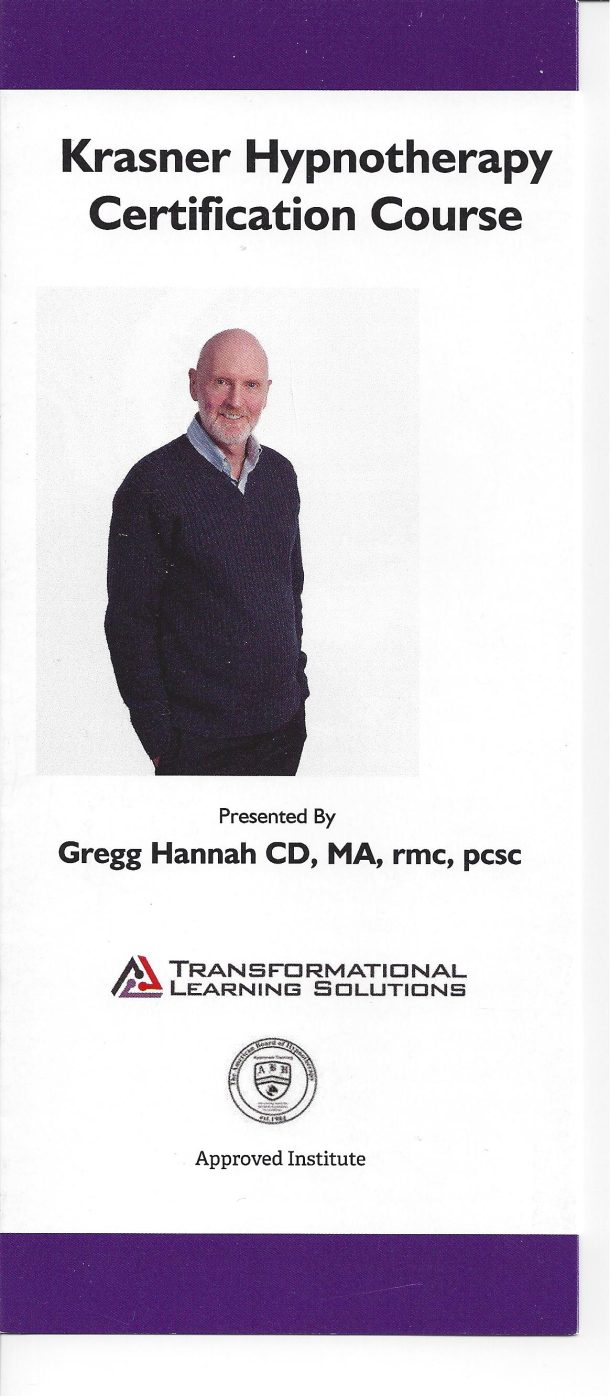
Quick Tip for Instantly Improved Conversations

Quick Tip for Instantly Improved Conversations
Tip #1 – How NOT to!
Our minds do not directly process negatives. For the mind to understand a negative such as: “Do not touch that cup,” it first must, at the very least, imagine touching the cup. Only then can the mind conceive of “not” touching the cup.
In many cases, especially with young children, the use of the phrase “Do not do X” results in them actually doing X! I imagine you can remember telling your children “Don’t run,” can’t you. And what they did was run! Why?
Because the mind does not directly process the “not.” And in many case the mind may actually delete the “not’ which results in the individual acting on the statement to carry out the command the mind thinks it has heard. So, when you holler, “Johnny, don’t run,” little Johnny might actually be hearing, “Johnny, run!” This concept puts a whole different light on the anti-drunk driving slogan which says, “Don’t drink and Drive,” doesn’t it.
Take the case of a police officer who confronts a suspect brandishing a firearm. Compare the difference between the two commands:
“Don’t shoot,” and “Drop the weapon.”
The first command might just cause the suspect to fire the weapon because the suspect’s mind will first have to imagine firing the weapon before it can conceive of not firing it. Under the stress of the situation, the suspect may delete the “not” and do more than just imagine firing the weapon! The second command is a better one to use in this situation as it tells the suspect exactly what to do directly.
What if the police officer surprised another armed officer and need to convey the idea of “not to shoot.” Realizing that a command with a “not” in it may be dangerous, the police officer could shout: “Hold your fire.”
When you are in conversation with people and want them to do something, remove the word NOT from your vocabulary and find other ways of phrasing what you want to happen.
To Learn the other 4 Tips sign up for the free Pamphlet “5 Quick Tips for Instantly Improved Conversations”













